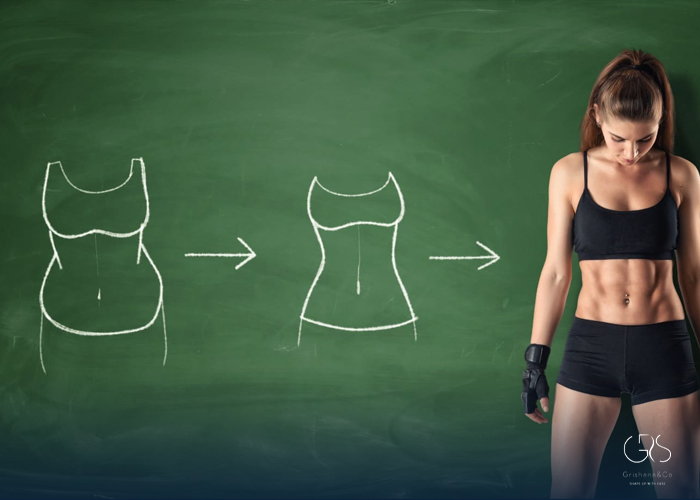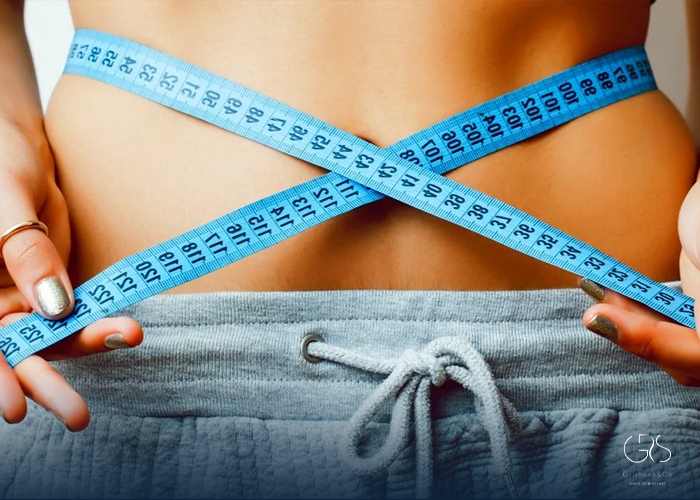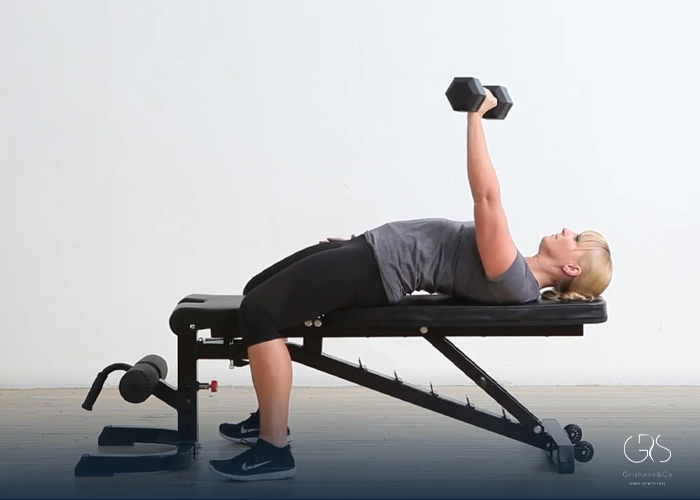Striving for fat loss and muscle gain are common fitness goals, yet achieving both simultaneously can be challenging. This comprehensive guide on Fat Loss Muscle Gain provides valuable insights on effective strategies to effectively shed fat and build muscle. Within this article, you will explore the benefits, nutrition strategies, exercise routines, and the significance of tracking progress. Moreover, we will address the feasibility of concurrently achieving fat loss and muscle gain, and when it may be prudent to seek guidance from a healthcare professional.
Can You Gain Muscle and Lose Fat at the Same Time?
It is feasible to lose fat and gain muscle simultaneously, particularly for beginners and those with higher levels of body fat. However, as individuals become more advanced, achieving both objectives becomes increasingly difficult due to conflicting physiological demands. A study conducted by the Journal of the International Society of Sports Nutrition (JISSN) suggests that “it is unlikely that simultaneous fat loss and muscle gain occur to a large extent.”1 However, with the right strategies, moderate changes can be achieved.

How to Gain Muscle:
Nutrition:
- Consume a calorie surplus to provide energy for muscle growth. Focus on sufficient protein intake (around 1.6-2.2 grams per kilogram of body weight) to support muscle synthesis.
- Ensure a balance of macronutrients including carbohydrates and healthy fats to fuel workouts.
- Stay adequately hydrated to support muscle performance and recovery.
Exercise Routine:
- Incorporate resistance training, utilizing heavier weights and progressive overload to stimulate muscle growth.
- Include compound exercises such as squats, deadlifts, bench presses, and overhead presses to target multiple muscle groups simultaneously.
- Aim for at least two to three strength training sessions per week, allowing time for rest and recovery.
Recovery:
- Prioritize adequate sleep (7-8 hours per night) as it plays a vital role in muscle recovery and growth.
- Manage stress levels, as chronic stress can hinder muscle development.
Benefits of Muscle Gain:
- Increased strength and endurance.
- Improved body composition.
- Enhanced metabolic rate.
- Reduced risk of chronic diseases.

How to Safely Lose Fat:
Nutrition:
- Create a calorie deficit through a balanced diet and controlled portion sizes, focusing on nutrient-dense foods.
- Include adequate protein intake to preserve muscle mass during weight loss.
- Incorporate fiber-rich foods, such as fruits, vegetables, and whole grains, to support satiety and regulate blood sugar levels.
Exercise Routine:
- Combine resistance training with cardiovascular exercises to promote fat loss.
- Engage in high-intensity interval training (HIIT) as it effectively burns calories and boosts metabolism.
- Incorporate regular aerobic exercises like jogging, swimming, or cycling to support fat metabolism.
(If you want to explore the health benefits of swimming, this article is a great resource.)
Recovery:
- Prioritize recovery days to prevent overtraining and reduce the risk of injury.
- Practice stress management techniques such as meditation or yoga to aid in fat loss.
Benefits of Fat Loss:
- Improved cardiovascular health.
- Reduced risk of obesity-related diseases.
- Increased overall fitness and mobility.
- Enhanced self-esteem and body image.

Nutrition for Muscle Gain and Fat Loss:
- Consume a well-balanced diet consisting of lean proteins, complex carbohydrates, healthy fats, and plenty of fruits and vegetables.
- Monitor calorie intake to create an appropriate deficit for fat loss or a surplus for muscle gain.
- Stay hydrated and limit intake of sugary beverages.
Exercises for Muscle Gain and Fat Loss:
- Combine resistance training with cardiovascular exercises to maximize results.
- Incorporate compound movements to engage multiple muscle groups.
- Adjust intensity and volume based on individual capabilities.
- Consult with a certified fitness professional to tailor exercises to personal needs and goals.
How to Track Your Progress:
To effectively monitor progress, consider the following methods:
- Take regular body measurements and track changes in body weight.
- Utilize body composition analysis techniques such as DEXA scans or skinfold measurements.
- Keep a workout journal to record exercise performance improvements.
- Monitor strength gains and endurance during resistance training workouts.
- Understand that progress may not always be linear, and plateaus are a normal part of the process.
When to See a Healthcare Provider:
If you have any pre-existing medical conditions, dietary restrictions, or require personalized guidance regarding nutrition or exercise, it is advisable to consult with a healthcare professional before starting any fitness program. They can help create an appropriate plan and ensure safety during the journey of fat loss and muscle gain.
Conclusion:
Simultaneously losing fat and gaining muscle requires a balanced approach involving proper nutrition, targeted exercise routines, and adequate recovery. While it may be challenging to fully achieve both goals at an advanced level, significant progress is possible, especially for beginners. By implementing the strategies outlined in this article, individuals can work towards a healthier and more fit body composition.
Sources
- Journal of the International Society of Sports Nutrition, International society of sports nutrition position stand: diets and body composition
- Healthline, What's the Difference Between Weight Loss and Fat Loss?










